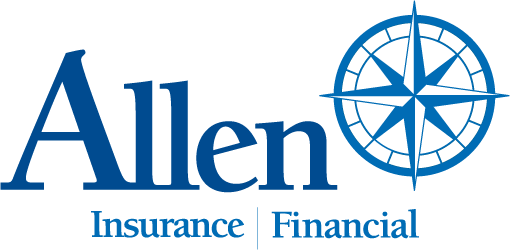The liability part of car insurance gives money to other people if you’re responsible for their injuries or property damage. There are additional aspects of car insurance that can cover your own vehicle, your own medical expenses, and various other options.
The basics:
• Liability: Car insurance liability is typically broken down into three limits: bodily injury per person, bodily injury per accident, and property damage. The liability limits that you buy, for example $100,000/$300,000/$50,000, mean that the insurance company will pay for injuries or property damage that you cause, but only up to the limit. So your insurance company would only pay a maximum of $300,000 in any one accident if you chose those liability limits.
• Collision: This covers your own vehicle if it’s damaged from a collision with another vehicle or solid object, such as a telephone pole or a building. If you’re in an accident with another car and it’s the other person’s fault, then their insurance should pay for your damage. But if you cause the accident or if you live in a no-fault car insurance state, you’ll need to have collision coverage to pay for the damage to your own vehicle.
• Comprehensive: Also known as Other Than Collision, this covers your own vehicle for almost any other type of damage it could receive. Comprehensive includes damage such as theft, fire, hail damage, falling objects, windshield damage, and nearly anything that’s not wear and tear.
The extras:
• Uninsured/Underinsured motorist: Also known as UM/UIM coverage, some states actually require this. It’s designed to cover your own injuries and property damage if the at-fault person either has no insurance, or their limits aren’t high enough to fully cover your injury expenses.
• Medical payments: This is money that’s paid out to you and anyone in your vehicle if you suffer injuries in an accident. Medical payments is no-fault insurance, meaning it doesn’t matter who caused the accident or what happened: if you got hurt in your car, you’re eligible for medical payments. It’s often used to cover someone’s deductible before their health insurance kicks in.
• Rental car costs: If your car is being fixed in the shop because of a covered accident, then this coverage will pay for you to rent a car. It’s typically limited to both a daily amount and a maximum amount, such as $30/day with a maximum payout of $900.
• Roadside assistance: The insurance company will often have a contract with a roadside assistance company, who can come out and help you if you get stranded on the road. Most expenses are covered for free, though each company has slightly different guidelines.
• Towing expense: This is different from roadside assistance because it will only reimburse you for towing expenses. It won’t provide the towing service or a phone number to call, it will simply reimburse you for the expenses that it cost.
• GAP coverage: If you have a claim on your own vehicle, the insurance company will pay you its current market value. Since cars depreciate so quickly, its current market value could be much less than what you still owe on it. GAP coverage will pay the difference between what you receive for your car and what you still owe on your loan.
• New car replacement cost: An alternative to GAP coverage, this will pay to fully replace your vehicle with the latest model. This means you could actually get a newer car than what you currently drive. This coverage is typically only available on brand new cars anyway, meaning you bought it new and are the first owner.
